Climate Change and Gentrification in Milwaukee
"Black excellence comes from Black neighborhoods, Black identity, Black culture. You don't have Harlem, hip-hop, extensive gardening, greens, tomatoes, without everything that the Black neighborhood gives you." —Dr. Nicole Robinson
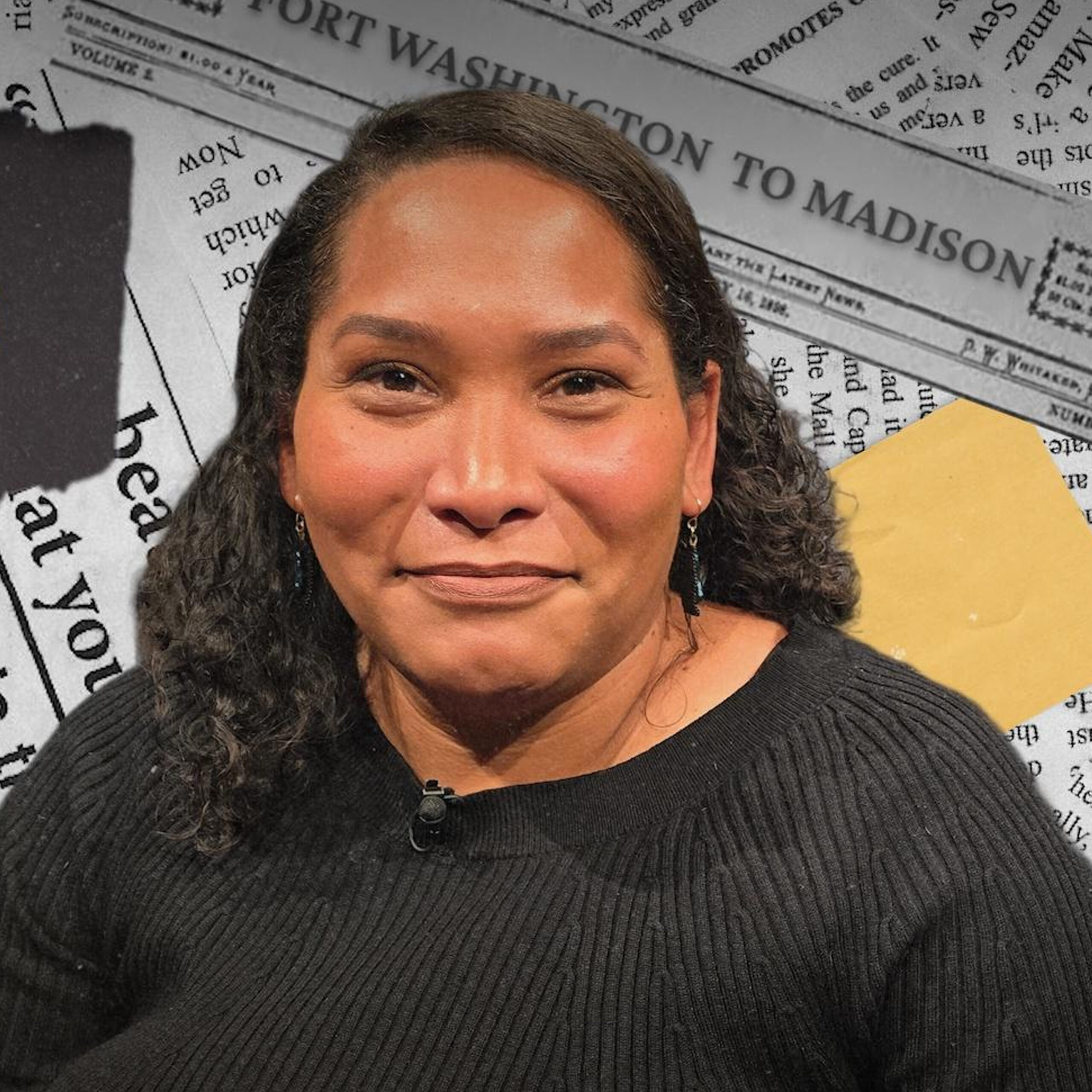
Climate Change and Gentrification in Milwaukee
Climate change is reshaping cities — and deepening racial inequities. Host Angela Fitzgerald talks with Dr. Nicole Robinson about how environmental shifts and rising property values are accelerating gentrification in Milwaukee’s Black neighborhoods. They explore the ties between climate, housing policy and community displacement.
Subscribe:



GUEST
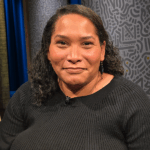
Dr. Nicole Robinson
Dr. Nicole Robinson of Milwaukee, Wisconsin, is a social scientist and community advocate whose work explores the intersections of gentrification, mass incarceration and climate change. She earned her Ph.D. in Social Welfare from the University of Wisconsin-Milwaukee and actively engages communities through teach-ins and research to promote equity and awareness.
PODCAST TRANSCRIPT
[bright music]
Announcer: The following program is a PBS Wisconsin original production.
Angela Fitzgerald: New studies show climate change and its cascading effects on urban development intersect with the gentrification of Black neighborhoods, intensifying existing inequities. But how has it specifically affected Black neighborhoods in Wisconsin, particularly in Milwaukee? Let’s explore why race matters when it comes to climate change and gentrification.
Climate change and gentrification are increasingly interconnected, reshaping communities in complex ways. As climate impacts like rising sea levels and extreme weather events make certain areas less habitable, wealthier individuals often move to safer, higher-elevation neighborhoods. This influx can drive up property values and living costs, displacing longtime lower-income residents, a phenomenon known as climate gentrification.
Investments in climate-resilient infrastructure can inadvertently contribute to this issue. For instance, enhancing green spaces and building flood defenses may increase an area’s desirability, leading to higher property prices that existing residents cannot afford.
Addressing climate gentrification requires careful urban planning and policies that prioritize social equity. Without such measures, efforts to combat climate change might unintentionally deepen social inequalities, leaving marginalized communities with fewer resources to adapt.
In this episode, we’ll talk with Dr. Nicole Robinson about how climate change and gentrification collide within Wisconsin, and why race matters when we talk about it.
How are you doing today, Dr. Robinson?
Dr. Nicole Robinson: I’m great, how are you?
Angela: I’m doing well, thank you. Appreciate you joining us today at Why Race Matters to talk about your work related to gentrification and climate change. So to get us started, can you tell us a little bit about your background and how you got into that line of work?
Nicole: From the beginning of my career, I always wanted to create change. I knew the neighborhood could be better. I knew we could realize what’s commonly referred to as the American Dream. And I found two loves early on in my career: data and community organizing. And so I’ve bridged those two together throughout my career and was able to approach my dissertation research project with that lens of creating change. Real, concrete, tangible change.
And I looked at community organizing mainly to identify policies that would be relevant to people. So I didn’t want social justice goals to be abstract and lofty. I wanted them to be as real as we could make them. And sometimes research is, it’s esoteric. It’s not touching everyone’s day-to-day lives. And so I wanted to correct those things and do differently as I approached my work.
Angela: Wow. So I feel like we’re starting off hitting the ground running, which I appreciate, because you mentioned your loves of data, your loves of social– or community organizing and ultimately wanting to bring about change. And that’s interesting because our topics today are related to gentrification and climate change. Right, two areas that people might have different opinions about. But ultimately, in your world, in your work, you’re all about, “How do I bring about change with the awareness of these topics?” And it sounds like also building awareness about those topics within your community, which we didn’t even start with that part. What community are you here representing and that you primarily do your work within?
Nicole: Yeah, so I’m born and raised in Milwaukee. And I grew up in 53206 zip code. That’s the zip code that everyone heard about for 10 years. And since I was from there, I was like, “There’s no reason we should be on the list of highest teen pregnancies, highest STDs, highest homicides, nonfatal shootings. There’s nothing criminogenic. There’s nothing within the neighborhood that readily produces these outcomes.”
And so I wanted to take a closer look at the zip code that I grew up in and try to understand why incarceration rates were so high. And that took me to gentrification. And what I found in my research, just to skip to the end, is that in neighborhoods that were shifting demographically with increase in population, increase in higher income and even low income populations, that you were 3.4 times more likely to be reincarcerated if you returned to those neighborhoods.
And I did a mixed-methods study. I interviewed men as well to understand what was their experiences coming out, and they kept telling me, “Gentrification.” And we know that, in social work, that’s my discipline, that the most vulnerable, the most marginalized among us experience the first shocks, the first tests. And so they were telling me it’s very difficult to make it in this housing market, not just because of their criminal histories, not just because of their low-income status.
But that the housing market was changing and that it was excluding them for various reasons and that it was difficult to even return home, to return to the same neighborhood. And they had grew up in those neighborhoods. Their grandparents were there. They were second generation, third generation. They were the first generation, for example, coming up from the Deep South during the Great Migration north.
Once I understood gentrification to be playing a role, I needed to answer why. Why 53206? And what I argue in my work is that we only heard about this neighborhood because it’s next to gentrify. We heard about that neighborhood, the reputation declined, and that’s part of the devaluation of the homes that are there, the other businesses that are there and other properties. So, green spaces. And that’s what makes it ripe for reinvestment. That’s what makes the land cheap.
And it’s going to force us in the Black community to have some tough conversations. One, to open our arms to those who are formerly incarcerated and recognize them as a vulnerable group that could be displaced. Similar to our longtime homeowners, similar to our elderly, that this is a population, whether they do own property or they do rent, that they deserve protections, that they deserve policies that help them reintegrate and get back into their neighborhoods.
Angela: That’s really interesting because I’ve never heard those two concepts being married together, gentrification and incarceration. So I did, even though you provided loads of context clues, so thank you, in terms of really defining gentrification for people who might be newer to that term and also helping those who may be less familiar with the term to understand the problem with gentrification, because some might perceive it as not an issue, especially if gentrification is happening within communities that people are deeming unsafe or unfit to live in. So then what’s the issue if people become displaced from spaces that are deemed negative, right? So can you just kind of unpack that a little bit more for us?
Nicole: Yes, there’s a lot of great definitions of gentrification. Some are more controversial than others and really highlight race and class. Others talk about the colonialism aspect of it. I think of gentrification as two processes. Displacement of residents, whether they’re homeowners or renters, business owners, and replacement. It doesn’t have to be an affluent white family. It could be a freeway, a stadium, or other structure.
So those two things really distinguish between what else might be happening in a neighborhood and traditional, you know, residential segregation. It’s a violent process. This is the first time gentrification will be happening after mass incarceration, 20 years of mass incarceration, where we incarcerated the most number of people in our country’s history. And, you know, we win the award for that across the globe.
This is also the first time that gentrification’s happening during climate change, and I know we’ll get to that in a bit, but it’s a violent experience of being displaced. Mindy Thompson Fullilove refers to Black neighborhoods and Black residents as having “serial forced displacement.” So once you move out of your neighborhood, that shifts your identity. Whether you are an elder or a preteen, where you’re from now is in flux.
It’s violent because you lose your home. Displacement’s not just higher taxes. It’s also evictions. We have a huge eviction problem in Milwaukee. Having all of your things put out on the curb. Not knowing where to go next. Your children have to change schools, typically, just to be closer to their new school or a new job. You lose your social network. It’s more difficult to keep in touch with people who you know and who you’ve grown up with.
But that’s one of the problems with the myths of revitalization, the myths of reinvestment, is that with luxury services, luxury goods, all of the high-end shops, that that’s supposed to trickle down into jobs for low-income people. That typically isn’t the case. The men in my study, for example, will not be hired at a high-end restaurant. They have difficulty being hired at Walmart.
And the myths of, you know, that we can engineer a melting pot for the first time in this country’s history is also not possible. And I also just think that, you know, Black, thinking of Black land and the umbrella that it includes, not just homeowners and residents and tenants, but also our businesses, our industry, our culture. All of that should be nurtured, preserved, and protected. And gentrification can annihilate that.
Angela: Thank you for breaking down that distinction and just helping us understand the issue of gentrification a little bit more. You mentioned earlier about homeownership. Well, not just homeownership, but the concept of ownership. And do we own not just our homes, but the land, the businesses, just whatever structures might exist within our neighborhoods that are prone to gentrification?
Nicole: Mm-hmm.
Angela: What is the home ownership rate, if you have that statistic. I don’t wanna put you on the spot. But you do happen to know, what is the homeownership rate for the neighborhoods that you study in Milwaukee and how does that, how does that then contend with gentrification that those owners experience?
Nicole: Well, in 53206, the city and outside landlords own 33% of the land, and everything else is owned by Black homeowners. So that’s pretty awesome.
Angela: That is, that’s higher than I would have assumed, right, so…
Nicole: Those homeowners are in their 70s, 80s, and 90s. And that’s what makes this particular problem of gentrification right now deeply, deeply concerning and requiring urgent action as that community organizer coming in. This is a time-limited problem. Gentrification doesn’t last. It’s not like we’re trying to solve cancer. Gentrification will probably be complete in probably seven years, ten years.
And one of the concerns is that the homeowners are aging. They’re, you know, the baby boomers are aging every year, every decade. And they’re the ones who own prime real estate, not just located, you know, close proximity to downtown, by the lakefront. They own homes that are also turning 100 years, 120 years.
And the tricky thing about gentrification is, like, all of a sudden this land wasn’t worth as much. Now it’s worth a lot. And for families who have seen cycles and cycles of poverty, this is the first real money they’ve seen. And it’s the opportunity, for example, to get out, to make it better. But where are you gonna go to? And this is where we get to climate change.
Angela: Got it.
Nicole: We’re already seeing it and it’s already measurable in the census tracts. Black families are migrating to the outskirts of the city, so, very northern, northwest part of Milwaukee. And I think with climate change, it’s going to be very difficult for them to migrate to suburbs, to rural areas of Wisconsin. Wisconsin just doesn’t hold diverse communities very well.
Homes are expensive for everyone, regardless of your background. Even if you do have money, it’s very competitive because now you’re going up against developers and also global corporations that are buying land in Wisconsin, and not just in the city of Milwaukee.
And Olúfẹmi Táíwò refers to this idea of climate colonialism, where the elite class is buying land that it needs to survive climate change around the globe. So, land that it needs for manufacturing, for drinking water, for livestock, just to live. And we’re in the city of Milwaukee, next to a very large source of fresh water, Lake Michigan.
And thinking about Black land in Milwaukee, I would like us to also think about Black people as water protectors because we will, as residents, as voters, we can set policy to protect Lake Michigan water not just for drinking, but for manufacturing, for farming, agriculture, things like that.
So it just becomes very complex right away of why 53206 is interesting and why corporations might want it, why outside developers might want it. And I don’t think it has anything to do with downtown development. There’s a lot of cool things happening in downtown Milwaukee, but I don’t think that’s why 53206 was on the radar as it was for 10 years. I think that was part of the devaluation.
And just recently with federal funds, lots of homes were torn down in that zip code, and now the city is considering rezoning. And so when you have two vacant lots, you can now build a bigger building.
Angela: So gentrification was already an issue. But when you tack on the concept of climate change, and the way I’m interpreting, so I’m just kind of repeating back to you how I’m understanding what you’ve shared, that climate change is leading to the identification of those with resources to say, “Hey, this is what we want to attach ourselves to because as climate changes, resources might become more scarce. Let me make sure I have access to the things that I feel like I’ll need for my business, for just my livelihood, et cetera,” which further contributes to the displacement of communities who already are inhabiting or have access to those spaces.
And like you’re saying, if those communities don’t have the wealth to retain and to build their own, then getting pushed out continuously will be the end product, which sounds like with, again, climate change added to the mix means less access to those resources that are needed for survival, which admittedly sounds scary when you combine those two concepts together.
Nicole: I refer to it as carceral displacement, carceral gentrification. So you’re displaced, you’re not even able to get back into your neighborhood. Or, you know, because the housing market has shifted, it’s not, it’s got enough discriminatory practices to leave you out. And then carceral gentrification meaning, to complete gentrification, anyone who’s left who shouldn’t be, carceral strategies, carceral institutions, the police, the sheriff, evictions, will all come and sort of finish the job. That’s how it ends up.
And unfortunately, those institutions have, you know, those go back to slavery. Like, they’re very efficient at what they do. But it was actually the developers, local government, business groups that were telling me they wanted water, or Lake Michigan water. They kept referring to water in their revitalization plans as an untapped commodity.
And in addition, in the same plans, they also referred to as public safety. That was over and over and over, of “safety, safety, safety” is code for “policing.”
Angela: I was gonna say, because they need public safety to be able to achieve their goal of getting the Lake Michigan win. Okay.
Nicole: Yeah. Removing people who are undesirable. It’s the loss of public land as well. So, you know, I think if– We had a sheriff not too long ago who policed the beaches and made it very difficult if you were Black, but also if you had anything, a warrant, criminal history, made it very difficult for you to enjoy green spaces, particularly the lake, which our lake is open. It’s, you know, we’re not like Florida. You can go to our lake, you don’t have to pay. You don’t have to be a member of a building or have any type of membership. You can just go and enjoy. That’s, like, my parents’ first date is going to walk on the beach.
So we have that and, you know, all of that’s at risk. And if we think of places as commodities and privatize all of them, if we think of water as something that should be privatized, this is the future that we’ll see. And the men in my study were telling you, “This is, you know, what we’re experiencing.”
It’s very difficult to not commit crimes when you’re alienated from the housing market, the job market, and in other places. And I think that’s, what I said earlier in terms of the Black community having to have to come together and embracing that part of us. Like, there’s a lot of self-hate. We see that the neighbor– We inherited beautiful neighborhoods like, middle-class German neighborhoods. And after 50 years of disinvestment, they don’t look like that any–
Angela: The same.
Nicole: They don’t, yeah, they don’t look the same. So I mentioned climate colonialism, which is elite class securing the resources it needs. And that’s land, but also what’s on the land, water, minerals, things like that. But there’s also climate migration. So people who are no longer going to be able to live in their neighborhood because of a wildfire, because of flooding in the Gulf are likely to migrate here.
In fact, Milwaukee, Madison, are all listed as places to come, they refer to as “climate havens.” And so I have colleagues who are in Louisiana who are, who know that in their lifetime they will not be able to continue to live in New Orleans actually hold up a map with Wisconsin, with Milwaukee lit up, with Madison lit up and other Midwestern cities that says, “We’re going to have to go here, and those cities are likely preparing now with increased housing to receive us.”
And my concern is that it’s going to cause our displacement. And if we can’t compete now, what will it mean when there’s a huge influx of people come? And what would it mean, what does it mean even for our values around protecting water, around protecting natural resources?
Angela: That’s really interesting. So are people receptive and responsive when you share this information? Because you’re right, these aren’t topics you typically hear people talk about, especially together. So does it feel like people are resonating with your messaging and thinking about, like, “What do we need to do?” Even from a community organizing standpoint, are you seeing communities rallying to try to circumvent what you’re talking about and trying to prevent, as best as they can, those trends from continuing?
Nicole: Yes. [laughs]
Angela: Okay, that’s encouraging.
Nicole: They are receptive. But it also means, who, then, is the gentrifier? And I think we’ve been taught to believe, like, the white family is the gentrifier. And what I will tell you is that if you see white women running and white children, it’s finished. Like, you’re in the last stages. It’s complete.
But they’re not the gentrifiers. We have to start thinking of anyone who controls the supply chain for housing. That’s the banking institutions. Anything of finance. The assessor’s office. Anyone who’s assessing your property. Giving out loans. That could be a nonprofit entity as well. Other developers. It’s local government, it’s state government, the federal government are now gentrifiers. And they all have to work together. It’s a complex system.
They work very closely with the sheriff and other law enforcement agencies. They’ll work very closely with architects and engineering firms and things like that. And so it’s, and when you go against those entities, it feels very daunting. And I think that’s where people get the hiccup. And people have the hiccup of like, well, what do we replace revitalization with? Like, what is conscious reinvestment? What is a regulated development plan?
Like, I would love to see cooperatives, community-owned land so we have land trusts. I would love to see those things, but those are not as popular, and we don’t have control over the decision making. And so “we” meaning, like, community and residents.
Angela: Are there example cities that you would love to see some of their practices mirrored within the 53206 zip code?
Nicole: Okay, so when it comes to gentrification, once it starts, no one’s ever won. Again, it’s…
Angela: Okay, no model there. But maybe in the future, but to date, no model. Okay.
Nicole: No model. But there are, like, micro communities that test ideas that could be scaled. So that would be exciting. But it requires us to have values around everyone having a home, everyone belonging in the neighborhood, having the resources they need, and really create Black wealth, really create and nurture Black freedoms. And that gets lost in translation really quickly.
Angela: Do you think part of the solution then is simply, and I’m saying “simply” facetiously, but as easily as you can, encouraging Black homeownership? Like, is that part of the solution, or not so much because you can still be displaced as a homeowner?
Nicole: Oh, yeah. I do wanna see Black homeowners pass down their homes and other property that they, you know, they might own vacant lots, pass that down to their heirs and for their heirs to keep it. Yes, I do want to see those things. I do want our corner stores to be Black-run again. I do want Black schools to remain.
Milwaukee Public Schools is considering closing fourteen north side schools. Those schools are incredible. And some ideas are, okay, let’s turn those schools into apartments, because we do need housing. There is a housing shortage. You know, those floors, the floors on these schools are, like, terra-cotta. I mean, again– not terra-cotta. Terrazzo, they’re beautiful.
The challenge is, is that schools are public goods. We all benefit from them, we all pay into them. And when they go into the private market, what we’ve invested in, maintaining this building, this building that, again, contributes to our identity, that mascot on, you know, on the school flag, that we lose that when we, shrinks and weakens resident voice and also resident power.
Angela: I feel like that’s a lot of people’s stories when thinking of Black families and Black communities. I can say that my family originated in Washington, D.C. and decided to move to the suburbs, and now couldn’t afford to move back to the neighborhoods that they left because those neighborhoods weren’t being invested in, like you said, they later became invested in, and now values have gone up.
Nicole: Yeah.
Angela: Which is sad. So, like, how do you remain?
Nicole: Once you leave, you’re not going back.
Angela: Right. [laughs]
Nicole: Like, that’s…
Angela: Right.
Nicole: Yeah.
Angela: And it’s not the same if you even are, if you have the means to, right, then you’re going back to a completely different, different setting. Okay, I was just curious. I didn’t know if ethical gentrification was a thing. People are like, “I’m gonna do it this way, and it’s the right way.” And you’re like, “No, that’s not, let’s not even use that term. Let’s use some different terminology.”
Nicole: Yeah, it’s, yeah, it’s revitalization or reinvestment. But it has to be repair. Repair for 50 years of disinvestment or 70 years depending on which neighborhood you’re in. Even those that were yellow-lined, you know, that’s the banking, financial institutions along with government saying, “We’re not investing in this neighborhood anymore.”
So there has to be a repair element to it, where the people who stuck around, those homeowners in 53206, that they get to benefit from, you know, the new influx of capital. The challenge now is, with climate change, it ups the ante. It’s gonna look more like colonialism, recolonization. It will be more violent in the later stages.
But we do have an opportunity, an interesting opportunity, because we do have the lens of, like, fairness and ethics to create something more beautiful and more sustainable for everyone.
Angela: Dr. Robinson, you asked a question earlier, and I wanna make sure that we really directly address it. What is a Black neighborhood, and are they worth saving?
Nicole: Black excellence comes from Black neighborhoods, Black identity, Black culture. You don’t have Harlem, hip-hop, extensive gardening, greens, tomatoes, without everything that the Black neighborhood gives you. So it is, it certainly undergirds all of this is that it should be protected. We want it. It is valuable. And, but it requires attention, conscious attention, to maintain it.
And we have a lot of Black institutions that are eroding, schools being closed, Black churches not even able to hold on to their land. And they bought up a lot of land, and their churches are very large, very beautiful, ornate buildings. But the underlying assumption is that Black neighborhoods most definitely must be nurtured and preserved and protected.
Angela: I appreciate you emphasizing the beauty and the contribution of Black neighborhoods, ’cause unfortunately, the narrative about Black neighborhoods in Milwaukee has not always been positive, even when being expressed by Black people. But we understand where that comes from, and so to not feed into that narrative and to, instead, like you’re saying, seeing how we can instead reinvest so we don’t lose what we’ve created and what has been an immense contribution to everyone else as well.
Nicole: Mm-hmm, mm-hmm, absolutely. Is there anything else we didn’t talk about that you would like for us to?
Angela: No, I think we got it all.
Nicole: We got it all?
Angela: Yeah.
Nicole: Thank you so much, Dr. Robinson.
Angela: Thank you. Appreciate your time.
The impact of climate change and gentrification on Milwaukee’s Black neighborhoods shows the need for equitable solutions. People like Dr. Nicole Robinson shine a light on these issues, prioritizing the voices and needs of marginalized communities, which is key to building inclusive, resilient cities.
Watch additional episodes and content at whyracematters.org.
[bright music]
Thanks for listening to the Why Race Matters podcast. If you like listening to the show, please rate and review us on Apple Podcasts or your podcast app of choice…it helps people find the show. For more conversations from PBSWisconsin, please visit at WhyRaceMatters.org.
Announcer: Funding for Why Race Matters is provided by Park Bank, UnityPoint Health Meriter, UW Health, donors to the Focus Fund for Wisconsin programs, and Friends of PBS Wisconsin.
 Passport
Passport
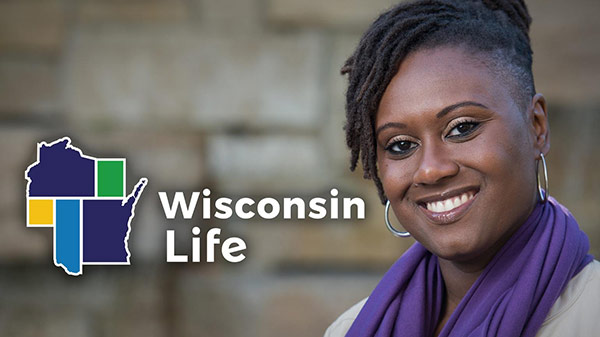
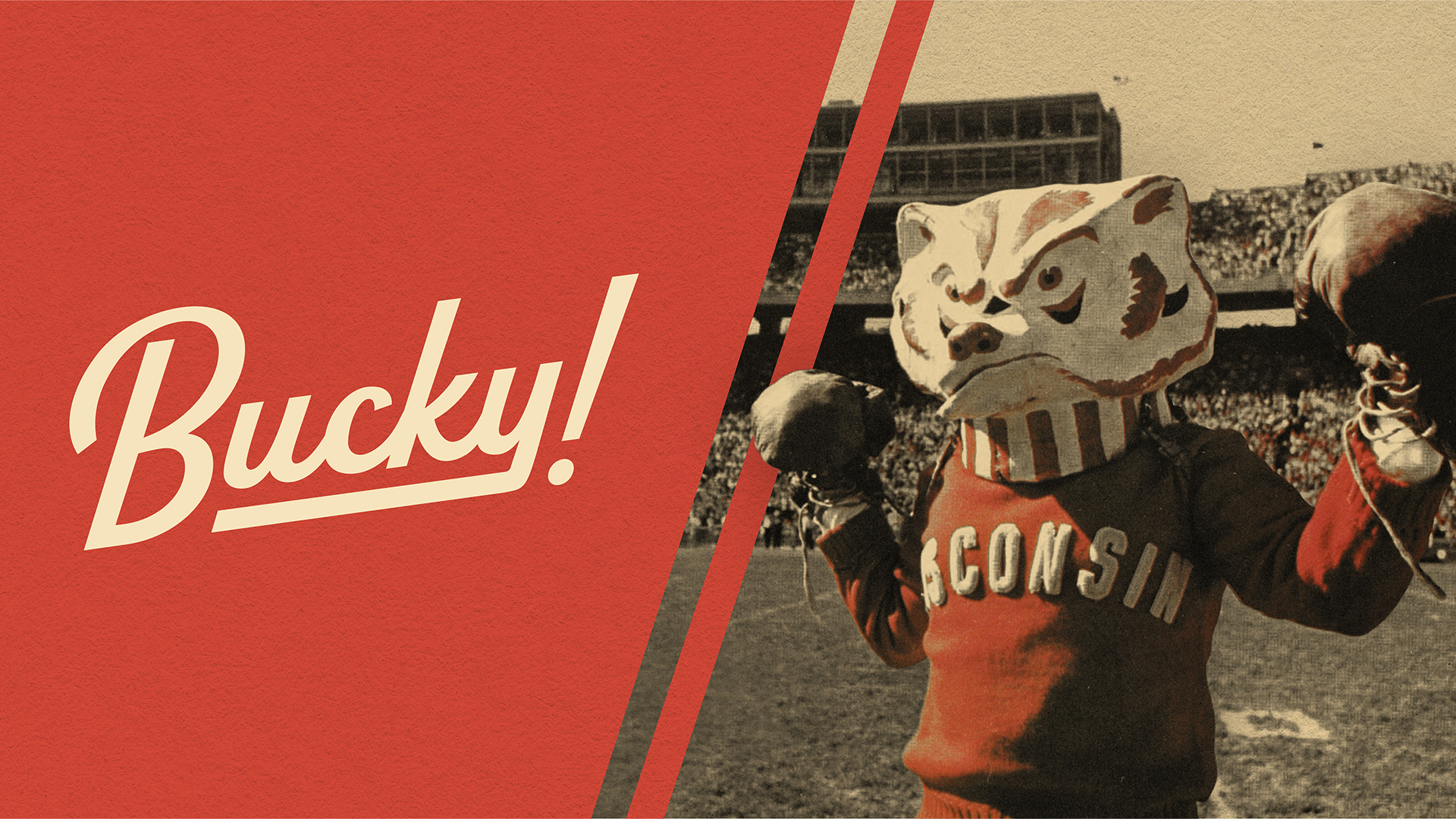
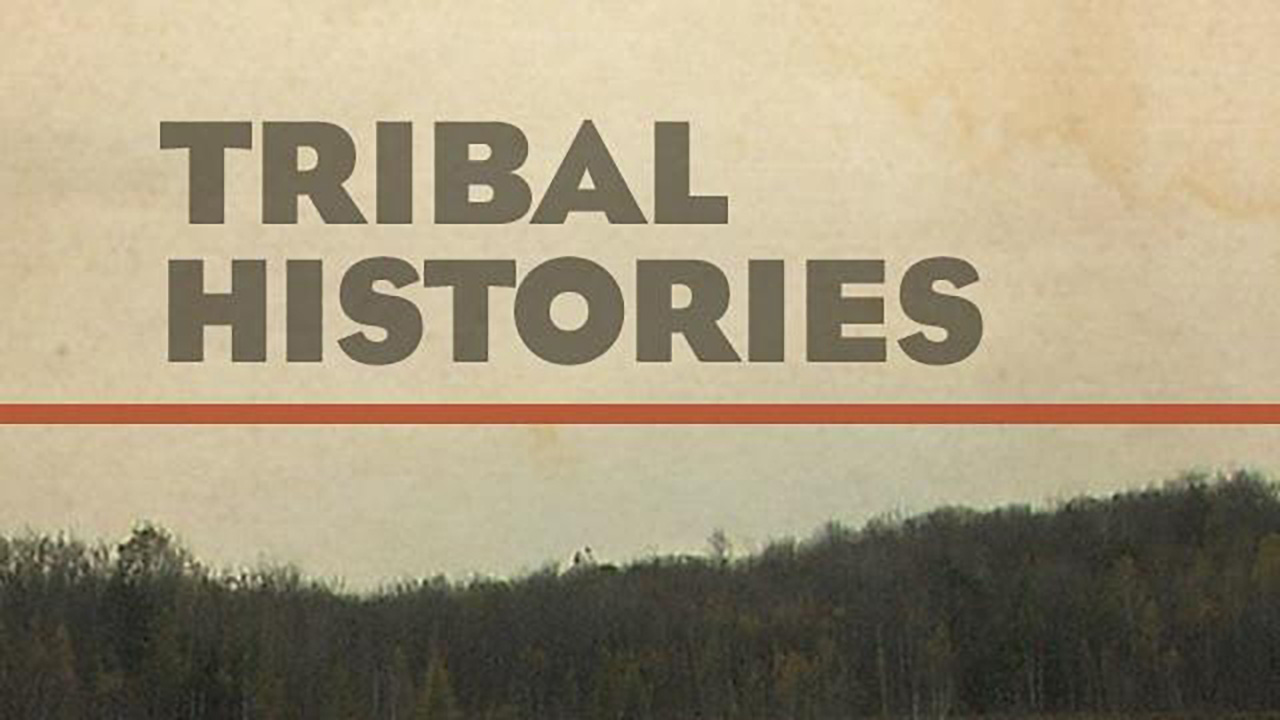


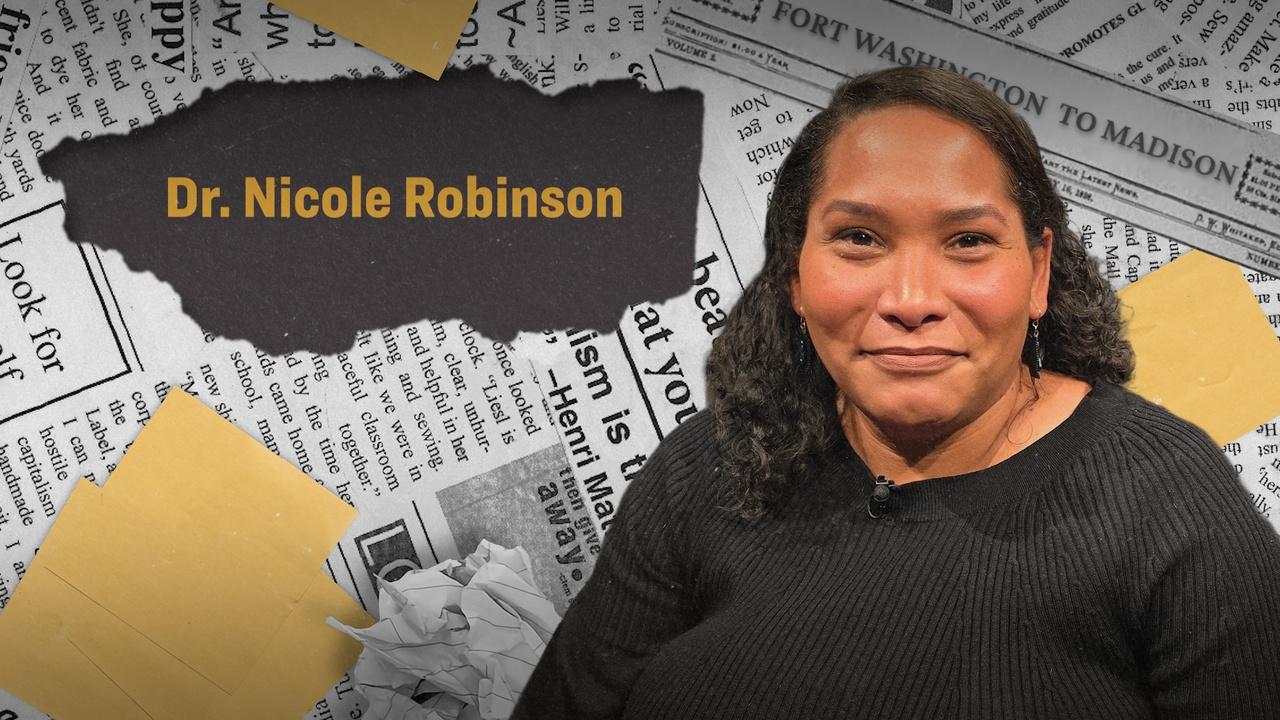

Follow Us